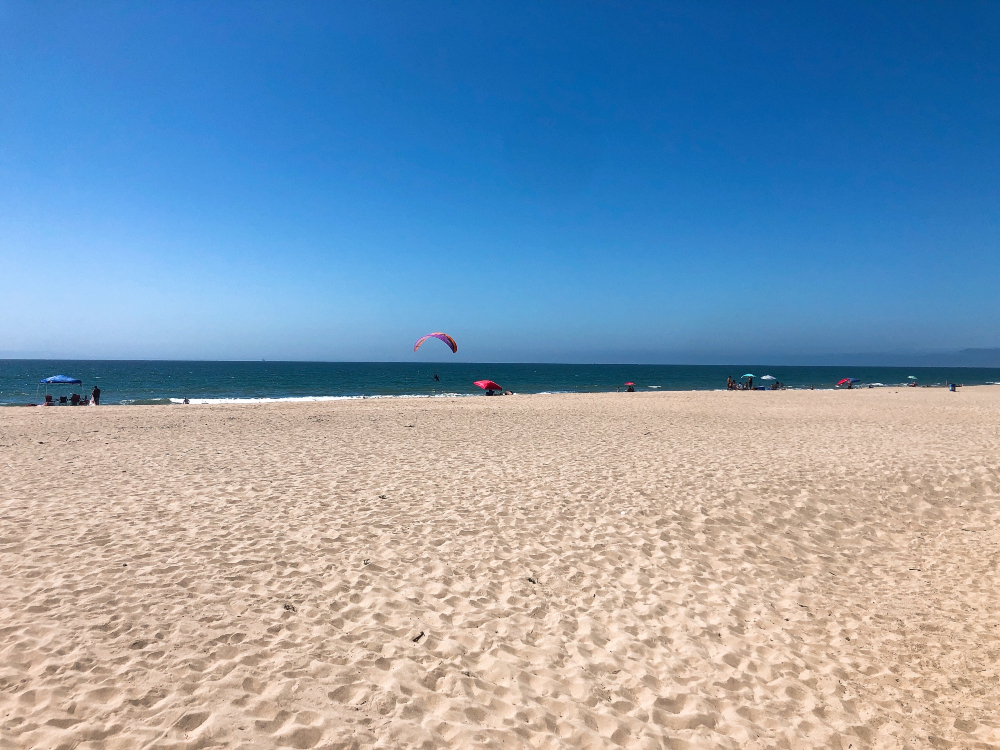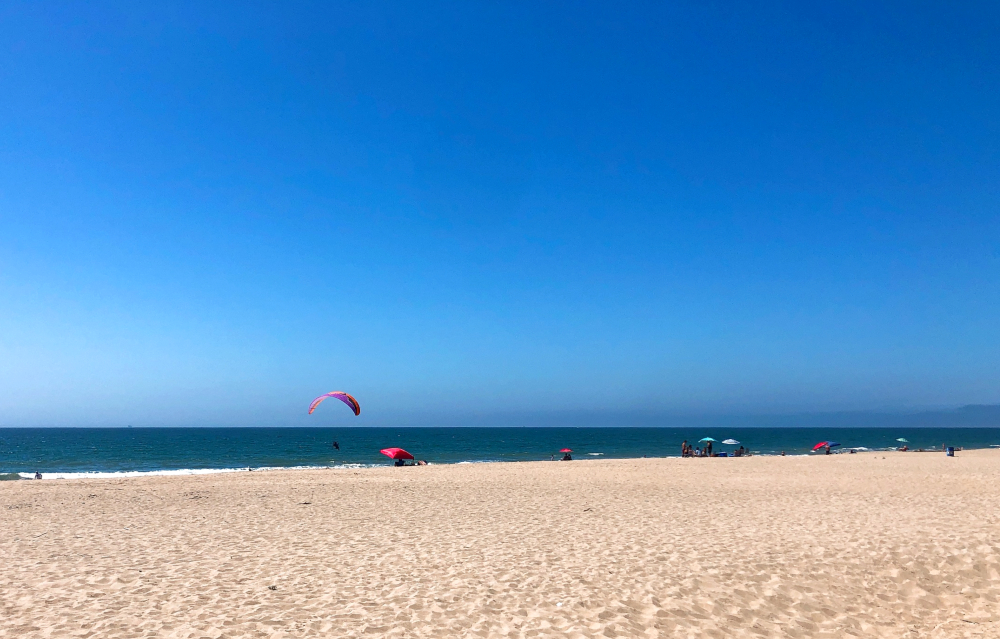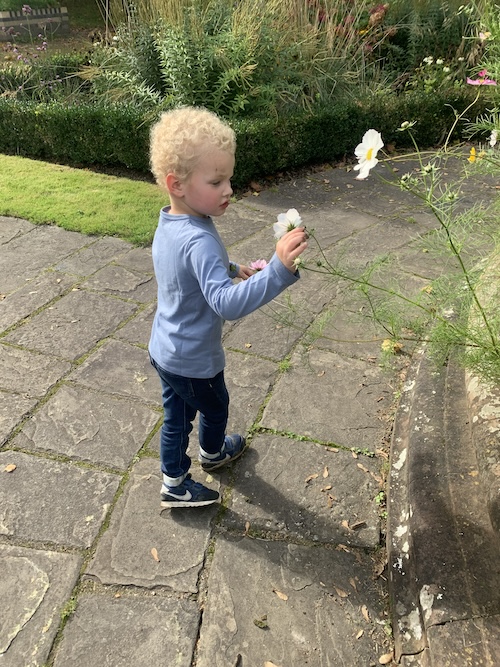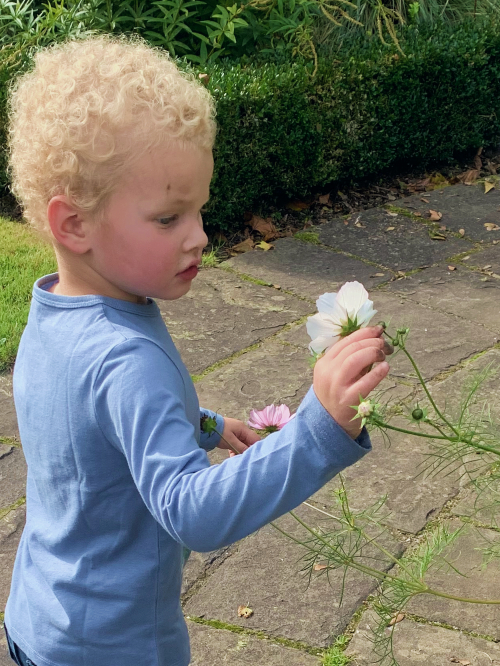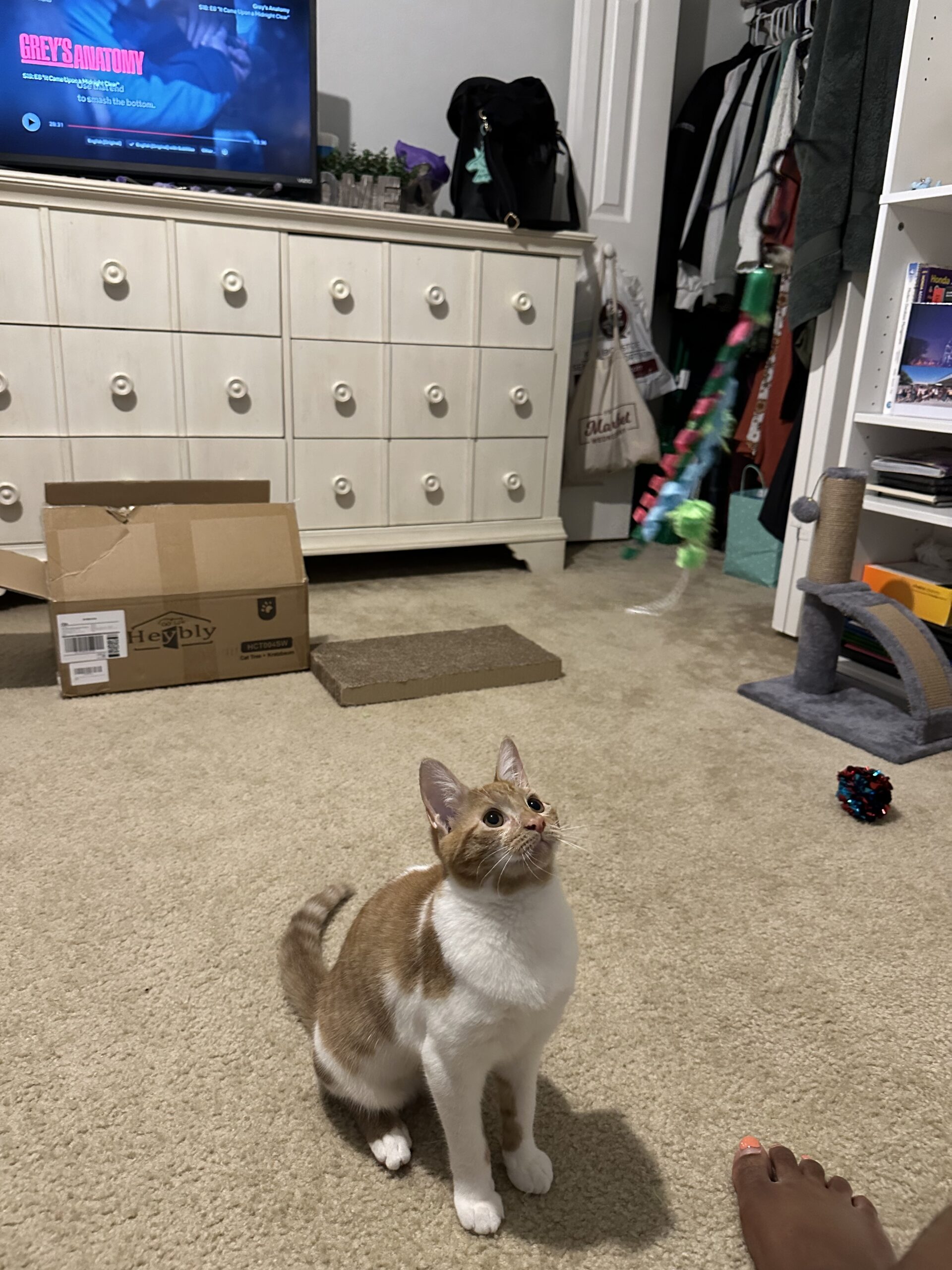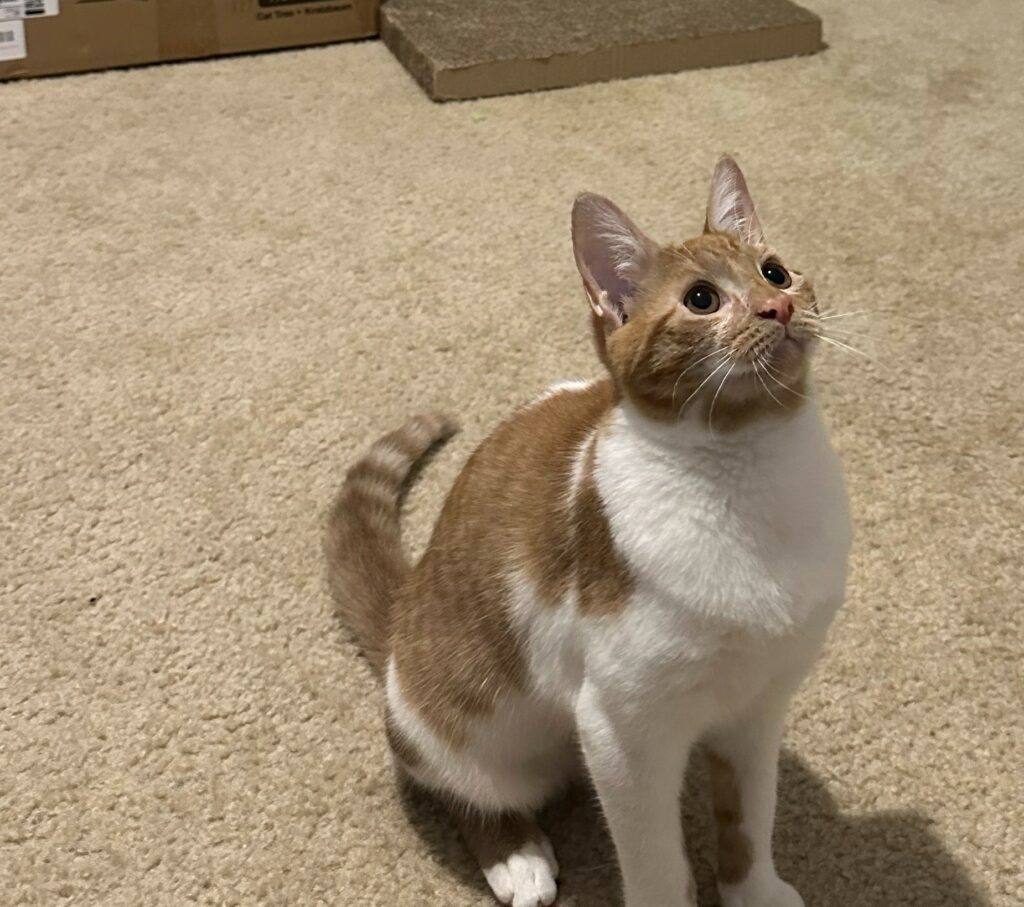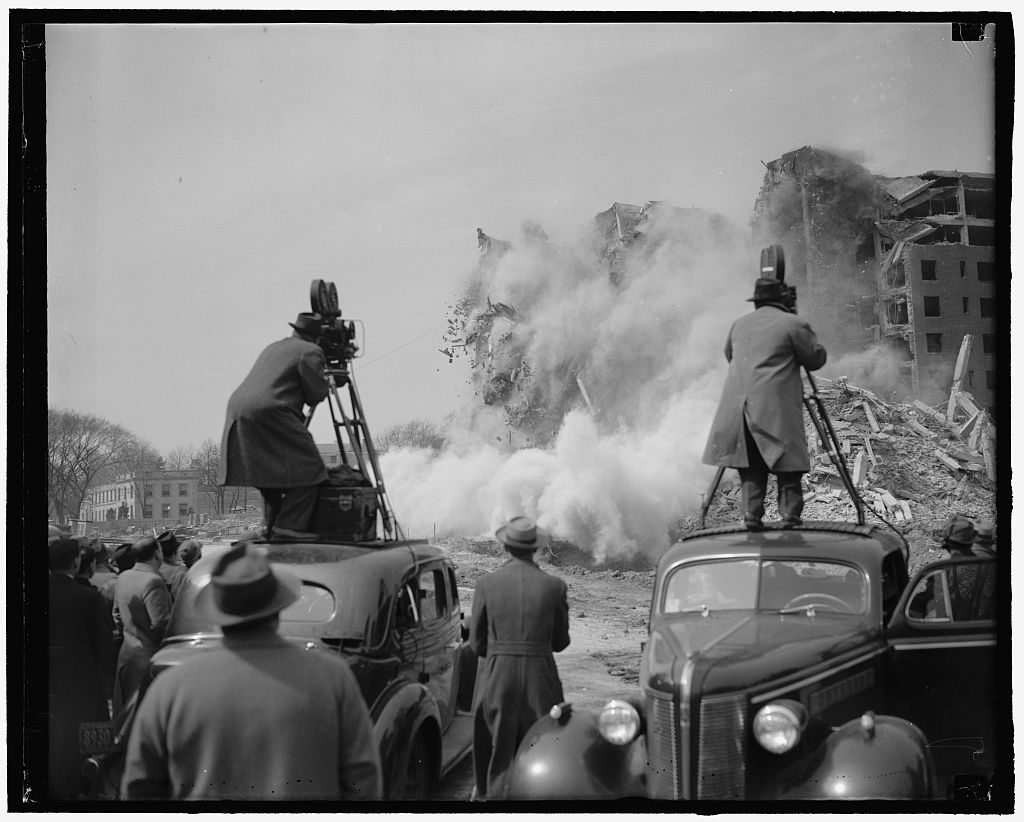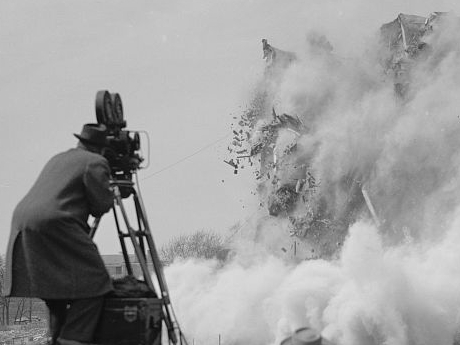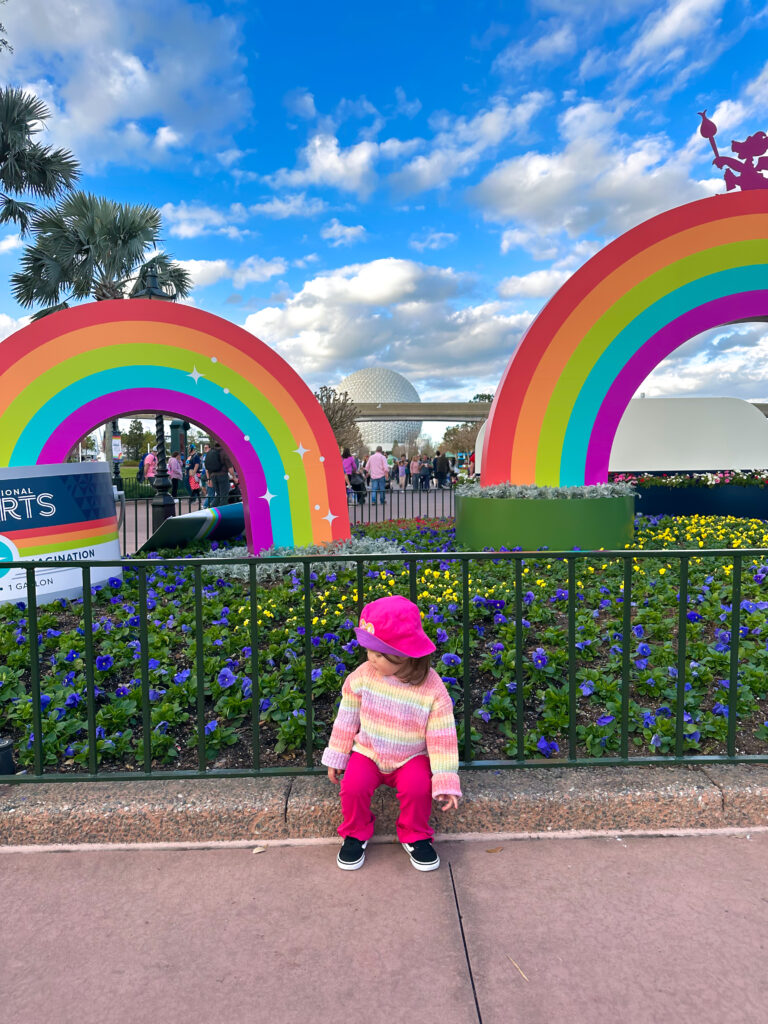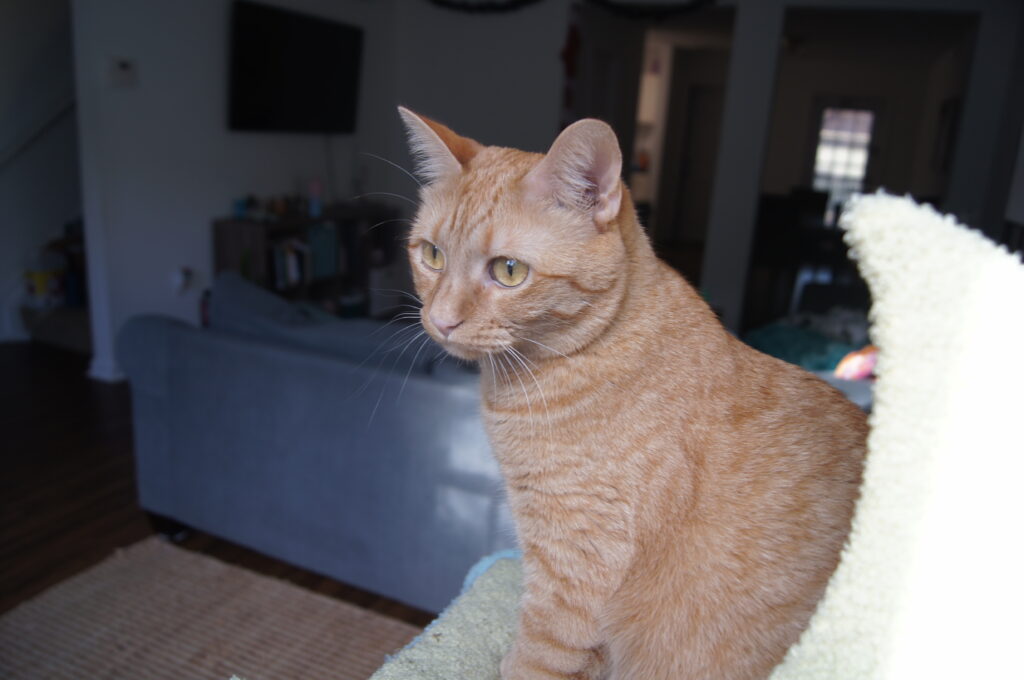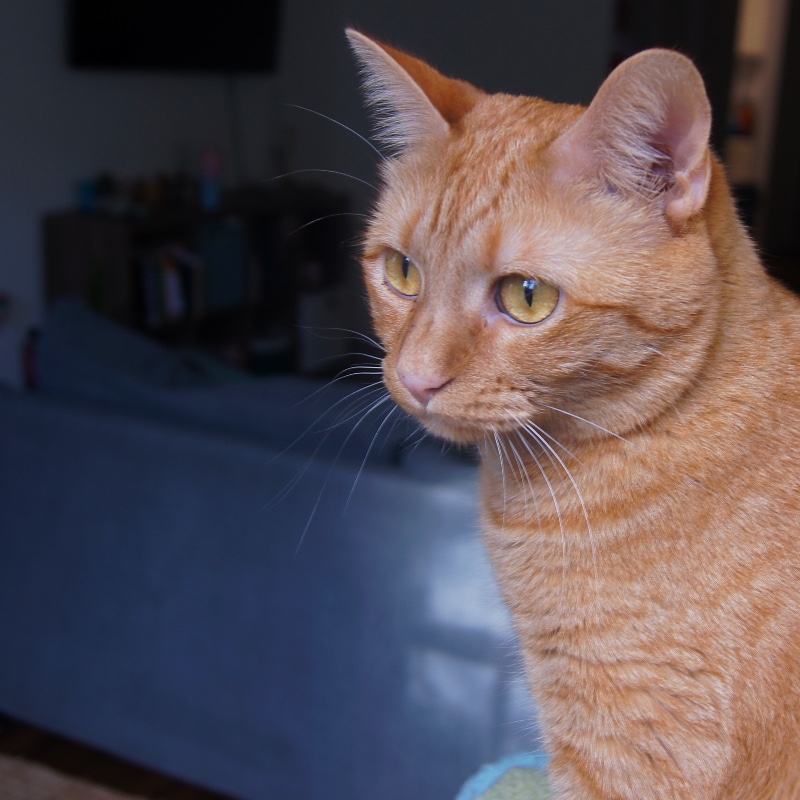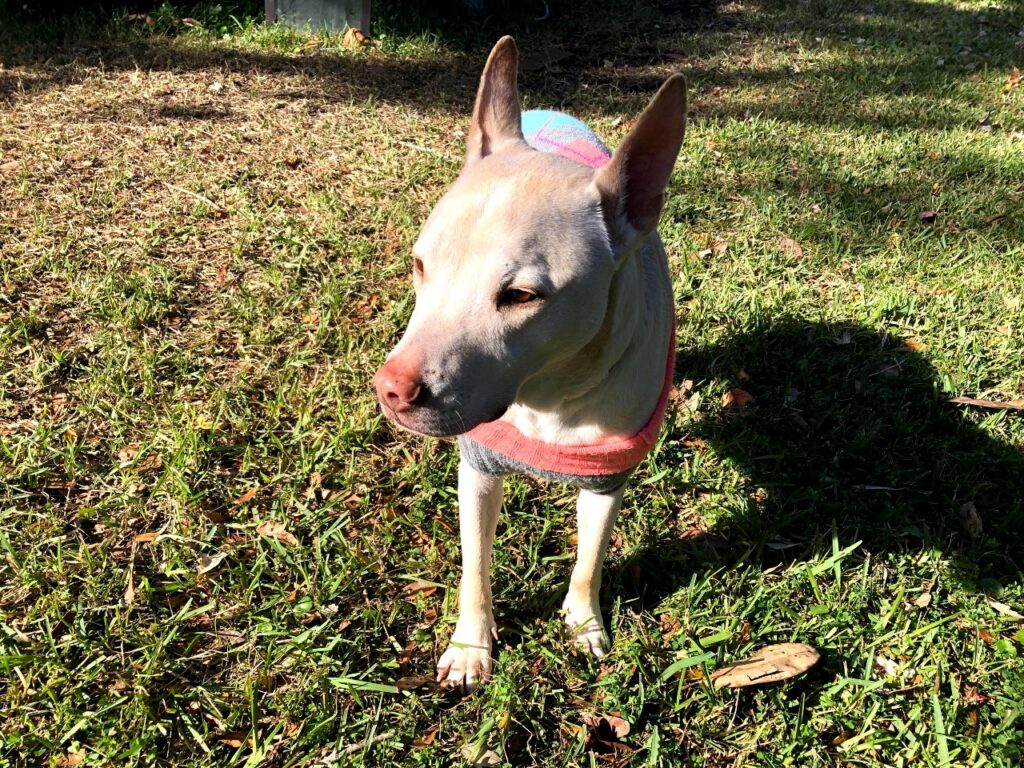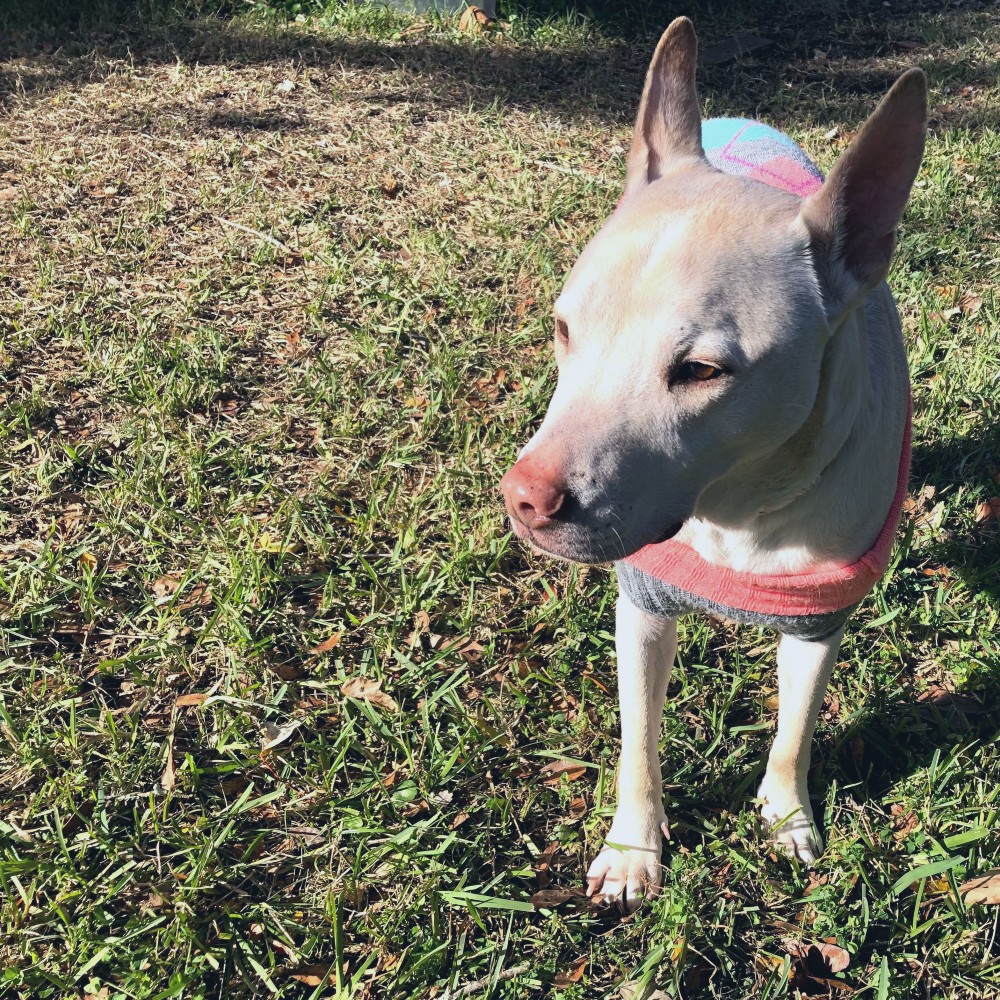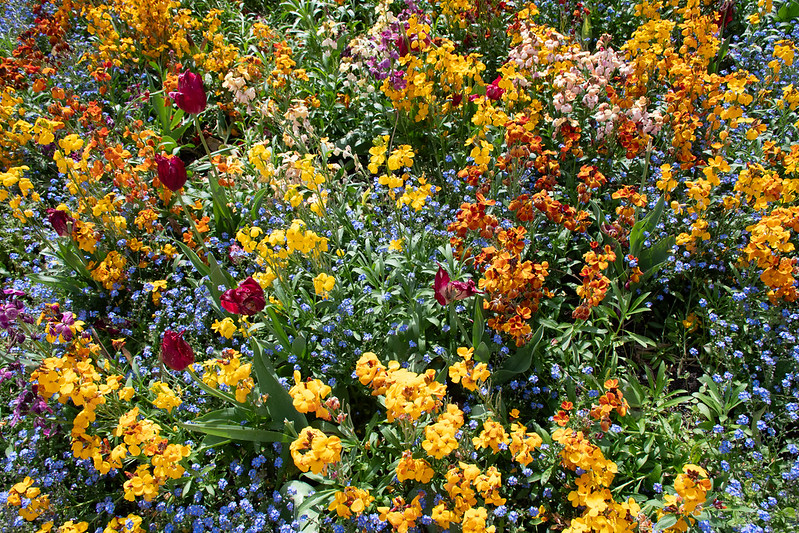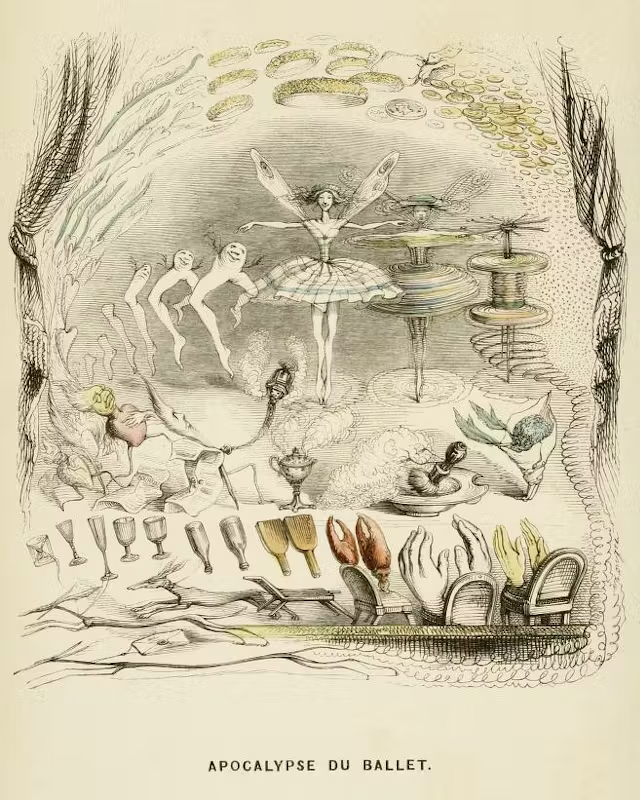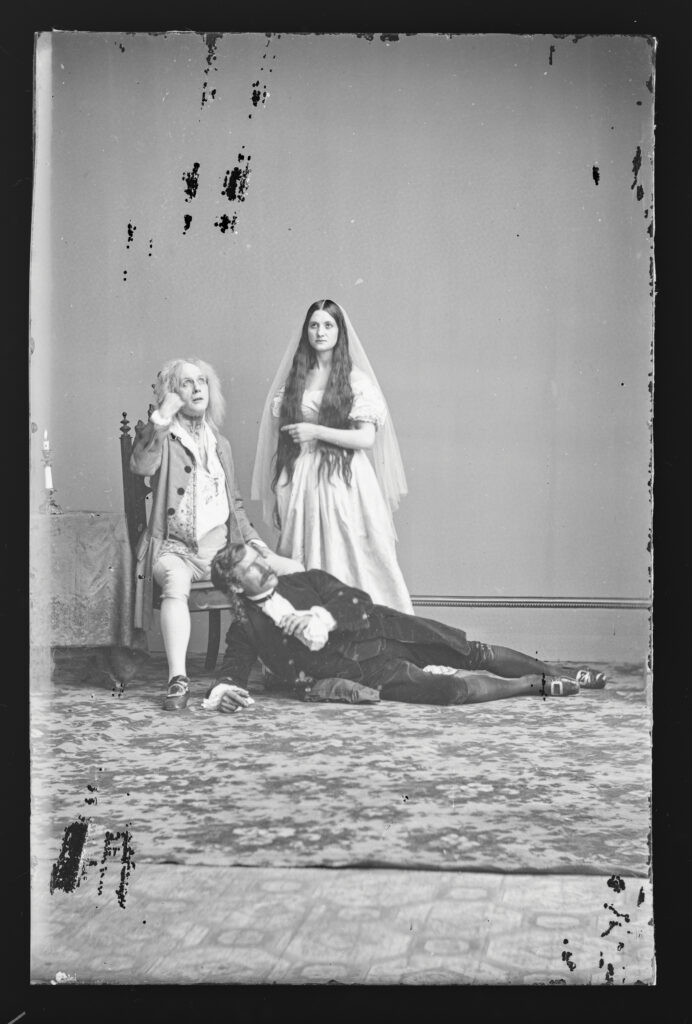
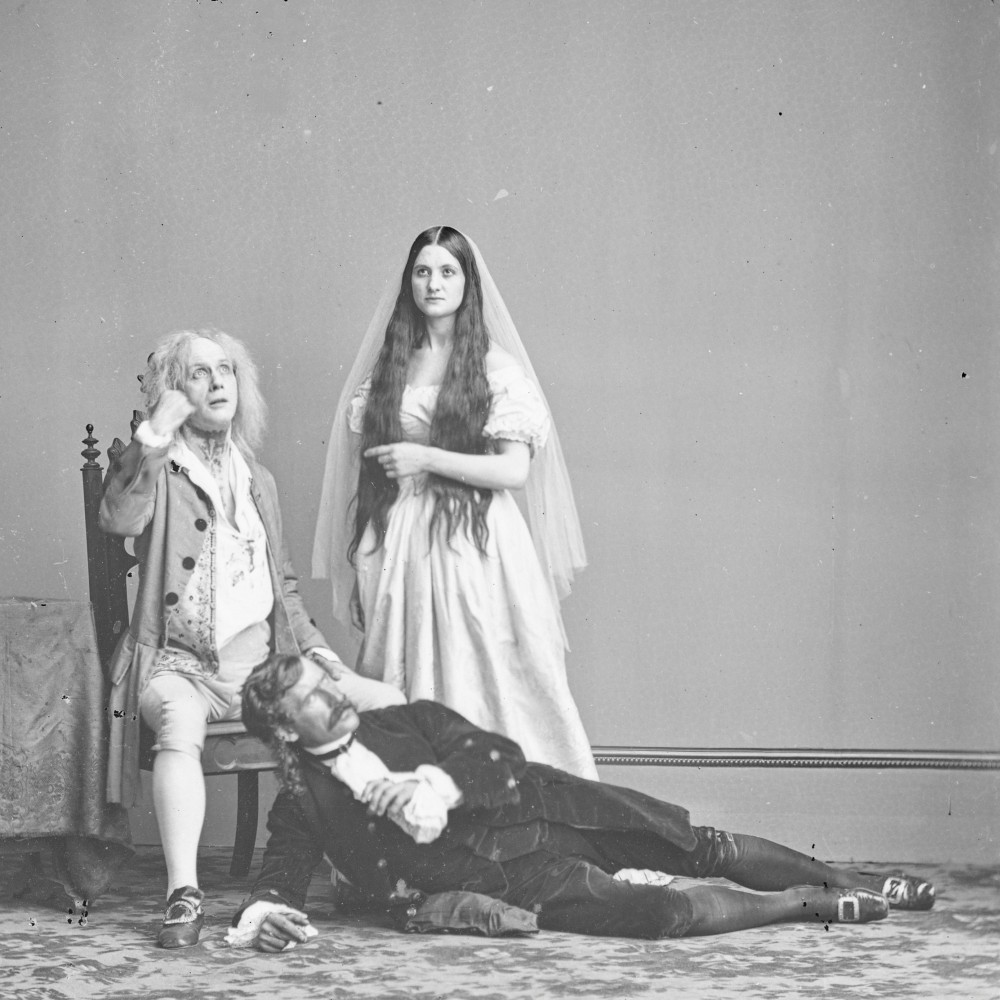
Licensed by CC0 1.0 Universal
I chose this image because I’m curious about these people. The original photograph was taken with a large format camera and a glass plate. This same photograph could be taken today with the same camera and be just as haunting, but we wouldn’t have the same stories to share. I think there’s something special about all of the space in the original photograph; the people seem more distant, almost intangible. The first crop brings them closer, the attention drawn to the Man in White. The image is weighted, the people rooted and more tangible. It’s a more formal portrait, maybe? I chose to edit out some of the missing spots from the negative using the “heal” tool in Pixlr.
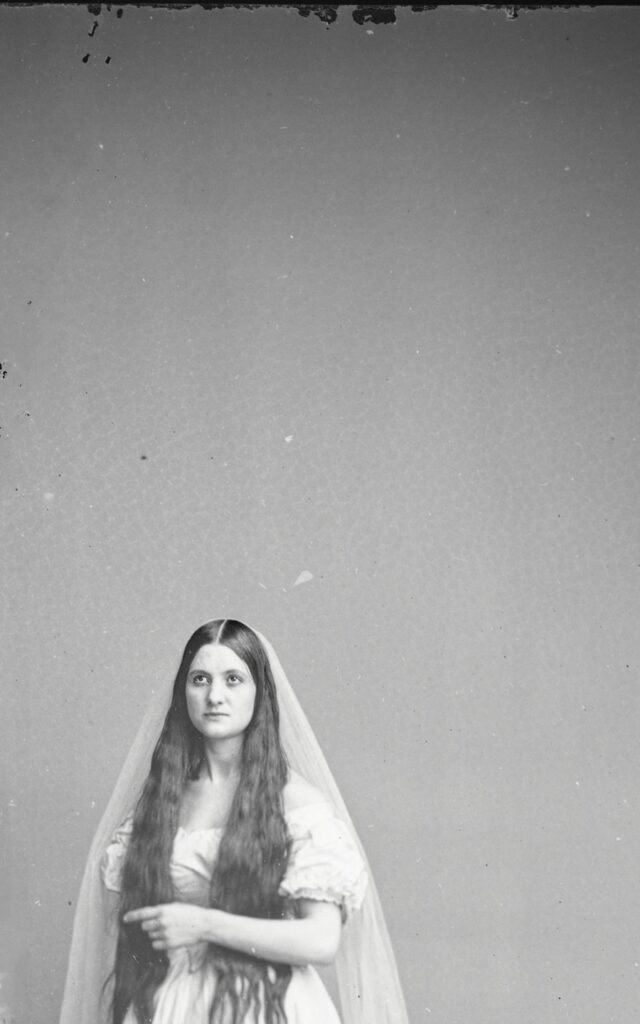
The second crop isolates the woman. I think she appeared a little removed from the scene to begin with. Now, she is surrounded by space above, her eyes pointed up, the viewer follows her eyes. Is she rolling eyes? Deep in thought? Saying a prayer? She could be looking at anything; thinking about anything. The viewer could also follow her pointed finger but this is more uncomfortable because there is nowhere to look, or perhaps a shorter distance to wonder. I used the heal tool to edit out those black spots again. The eraser tool and heal tool removed the rest of the Man in White from the bottom left corner. A deeper vignette was added to bring depth to the image.
The original image is part the Frederick Hill Reserve Collection at the Smithsonian.
To learn more about glass plate collodion negatives, I visited this PBS site.

